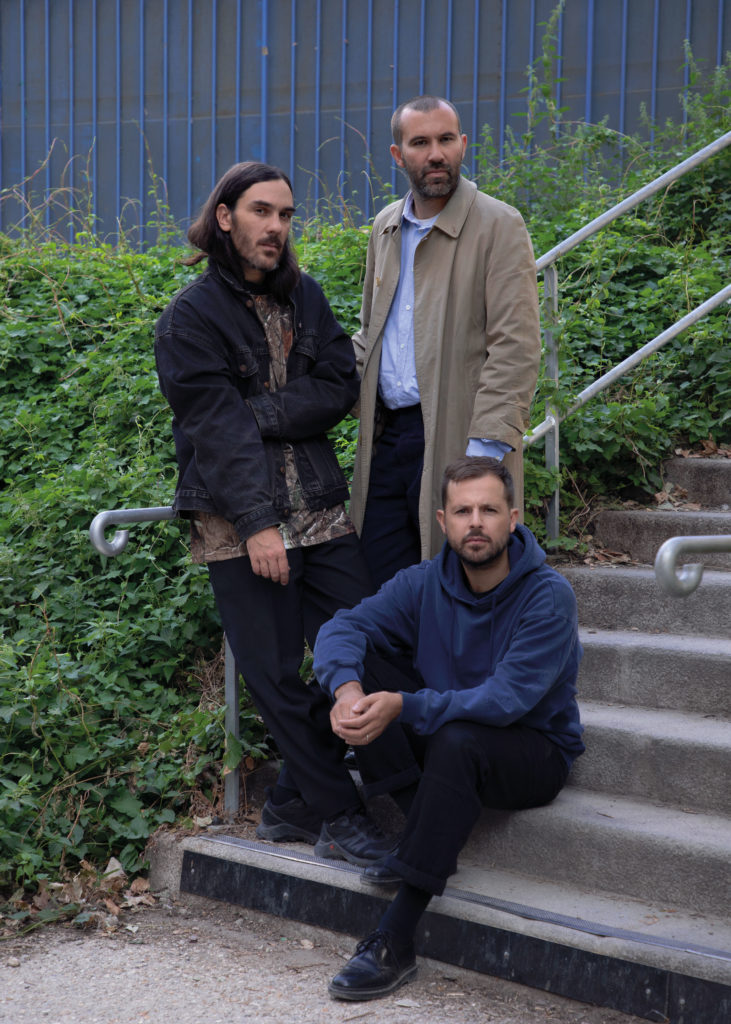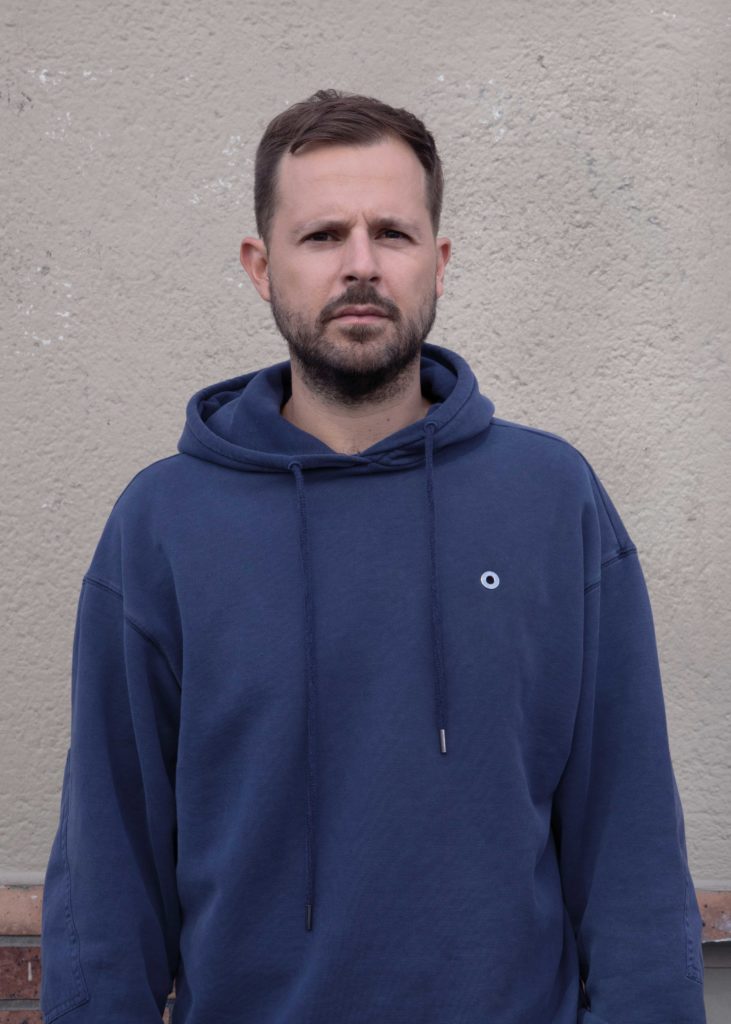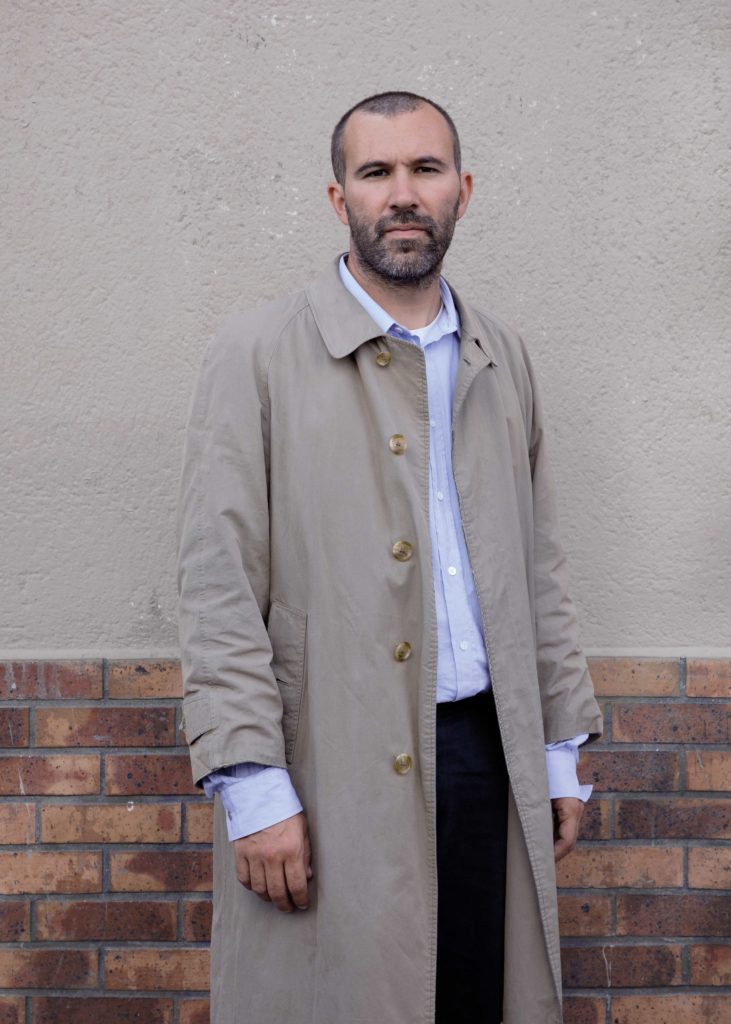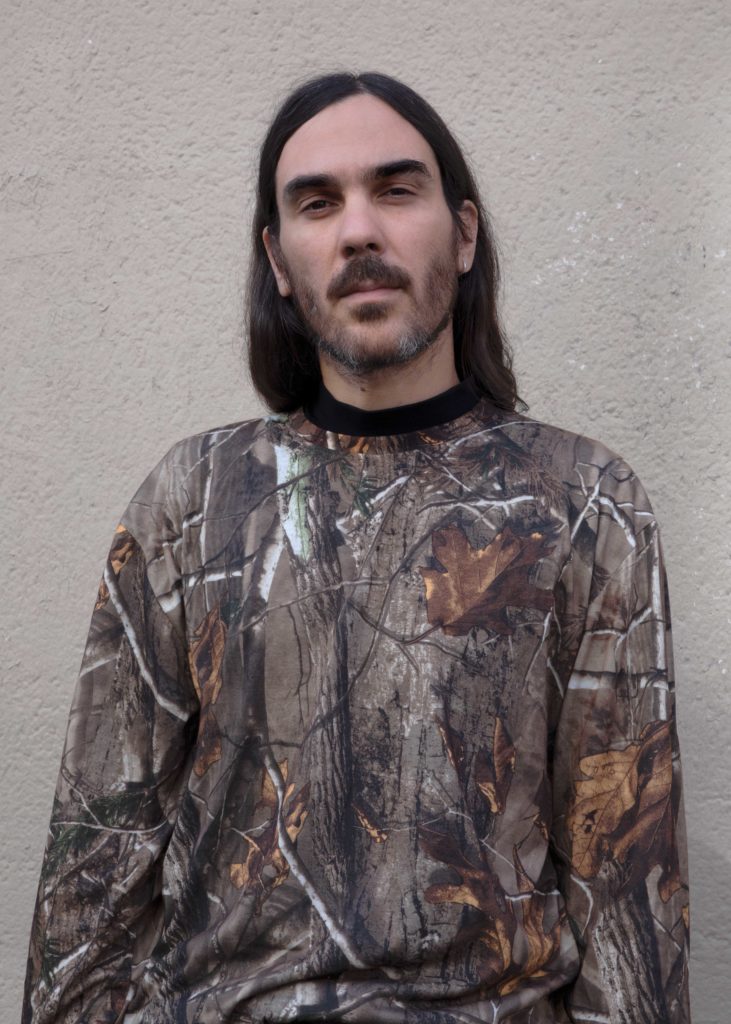Études Studio. The Smashing Trio for Visual Culture
 Just under two years ago When Études Become Form was released, the first anthology gathering the collaborations, influences and collections that have contributed to shaping the brand as we know it today. Elegantly quoting the title of the paradigmatic exhibition curated by Harald Szeemann at the Kunsthalle Bern in 1969, Études symbolically opts to depart from that moment to reveal a key to understanding the approach that distinguishes the studio, its philosophy and its transversal language towards visual culture. We started from there to conduct this series of questions aimed at revealing the many aspects that, so skillfully combined, give shape to one of the most fascinating cultural phenomena of our time.
Just under two years ago When Études Become Form was released, the first anthology gathering the collaborations, influences and collections that have contributed to shaping the brand as we know it today. Elegantly quoting the title of the paradigmatic exhibition curated by Harald Szeemann at the Kunsthalle Bern in 1969, Études symbolically opts to depart from that moment to reveal a key to understanding the approach that distinguishes the studio, its philosophy and its transversal language towards visual culture. We started from there to conduct this series of questions aimed at revealing the many aspects that, so skillfully combined, give shape to one of the most fascinating cultural phenomena of our time.
Simone Rossi: Since its inception, Études has distinguished itself by a curatorial approach to the image. Fashion, art, publishing, architecture, photography, graphic design, music and cinema all find themselves in a relevant dialogue within a skillfully managed image culture. This has allowed Études to maintain a recognizable identity, even if deepens, season after season, very different aesthetics and vibes. Collaboration seems to be your watchword; identity, after all, is always a relational and collective fact. Following the West Coast parenthesis, the iconic American artist Keith Haring, and the New Yorkbased Canadian artist Chloé Wise, where to look then?
Aurélien Arbet: Curation or creative direction is an important aspect of Études. Since we started in 2012, we have defined our visual identity and its codes, and from there we like to add new experimentations. We see each season as a new chapter, a new étude with its specific directions and collaborations. Collaborating allow us to include a strong and specific work or savoir-faire to elevate the message we wish to share. Usually, we approach a new collection with the idea of exploring deeper a certain aspect that we just touched on the previous season. We are always looking for artists that inspire us at some point. Now we have just finalised Autumn Winter 20-21 which has been presented in January during Paris fashion week.
 SR: Behind each of your projects you perceive a very intense path of research regarding the imaginary that you evoke. Your own name speaks of this research. What is your first approach to the imagery?
SR: Behind each of your projects you perceive a very intense path of research regarding the imaginary that you evoke. Your own name speaks of this research. What is your first approach to the imagery?
AA: We usually refer to artwork, artist, photography we have seen, or we have in mind. For example, Autumn Winter 2019 started with an image from Aby Warburg’s Mnemosyne Atlas and Spring Summer 2020 began with an image by Francis Alÿs, entitled Painting. We also refer to books, cinema, music, youth culture, sports, travels. Even words usually comes quite quickly. Once these elements are associated, we start to define a new language and directions. We end up with a short list of images, words, colours to design a new collection.
SR: When you were born in 2012 the words multi/trans-disciplinary were abused keywords in the creative landscape. Today we try to be more careful, also because the slogan only a few times corresponded to an effective application of the method. At the time, you were one of the few fashion brands that disclosed something different. How has your multi approach been evolving over time?
AA: We have always had this approach to creative work. Trans/Multi-disciplinarily is the way we wanted to evolve. It is a hard discipline to stay alive within this multi practice as the industry tends to push towards a precise specialisation. Working as a team of creative keeps us active and curious to explore new horizons aside from fashion and books: design, photography, music, food… these are some other disciplines we have already experimented with.
 SR: Études’ offices used to bisect between New York and Paris. How did you handle this ubiquity? What do you think the brand absorbed from these two cities? And what do you think it shouldn’t at the same time?
SR: Études’ offices used to bisect between New York and Paris. How did you handle this ubiquity? What do you think the brand absorbed from these two cities? And what do you think it shouldn’t at the same time?
AA: We had offices in both cities until 2018. All the team is now centralised in Paris. From 2012-18 we were able to impose our presence in both cities creating a unique dialogue. The
energies, the people, the cultures were shared on a daily basis. For example, this set-up allowed us to collaborate with The New York Times and to present it in a brutalist building in the 17th arrondissement in Paris. It is also important to escape the cities and explore other part of the world. We recently made a couple of great trips through China.
SR: Études in your own words now “represents a global experience.” For several years you have been spreading your idea of design in Asia with pop-up stores and collaborations. How do you think Eastern culture can be integrated with your mainly Western heritage? After Tokyo, Seoul and Hong Kong, where does Études intend to move to convey its visual storytelling?
AA: Great transition – we are now planning to explore China starting with Shanghai and other cities should follow. There are definitely some differences in the way our design is perceived in Asia and this makes it special. We like to spend time in the cities we plan to do project, understand the culture, what young people are doing and what they are watching or listening to. Travelling and presenting Études abroad is usually one of the most exciting aspect of what we do. We like to collaborate with local people, artists, musicians. We see the cities with a fresh eye, it is extremely stimulating.
 SR: What Études seems to configure is a sort of total experience, involving the client from music to design, from fashion to architecture. This for an independent brand/agency is almost a unicum. Should we expect an Études vinyl, club, bike or sofa? or what else? I would be really intrigued.
SR: What Études seems to configure is a sort of total experience, involving the client from music to design, from fashion to architecture. This for an independent brand/agency is almost a unicum. Should we expect an Études vinyl, club, bike or sofa? or what else? I would be really intrigued.
AA: We recently launched a new eyewear line and a shoe collaboration with Adieu. We also design jewelry available at our Paris Stores and Etudes-studio.com. At the end of the year we have unveiled our collaboration with Japanese bag brand Porter. Accessories are great support to design. We have lots of mediums we are planning to explore: stationery, home objects, music, perfumes are on top of our list.
SR: Finally, let’s talk about publishing. The last two monographic volumes of Études books with Peter Sutherland and Tobias Zielony have recently been published. These are respectively the 20th and 21st issues of Études’ art books with a focus on contemporary photography. How did these last two issues come about? And which role do these ongoing series occupy in your curatorial and design practice?
AA: Books are a soft way to balance the hyper-speed rhythm of fashion. These two books were both long shots. We have been in discussion with Peter and Tobias for a couple of years waiting for the right project to be published together. ALLES and NEW PROMISE LAND, INC. fit smoothly into our editorial line, one portraying German youth culture and the other showing the transformation of the Colorado desert through a new standardised human construction. Both projects involve the viewer with the challenges that our contemporary world is facing.
